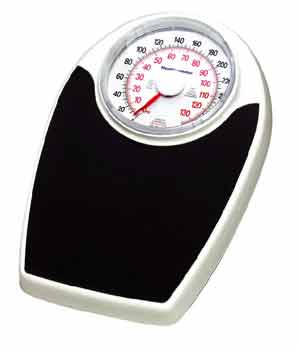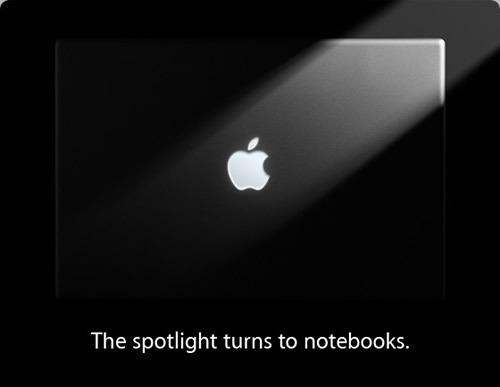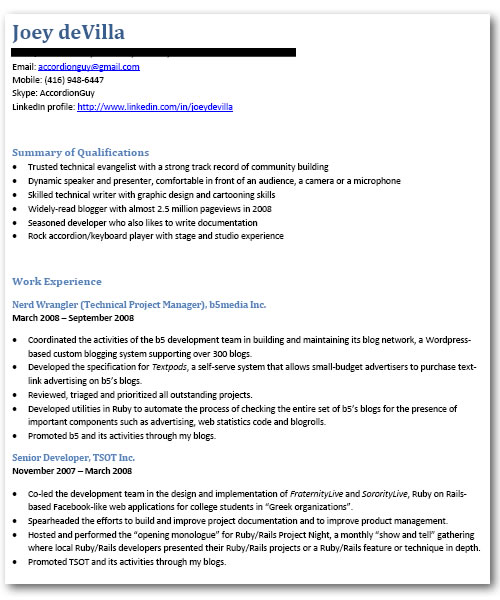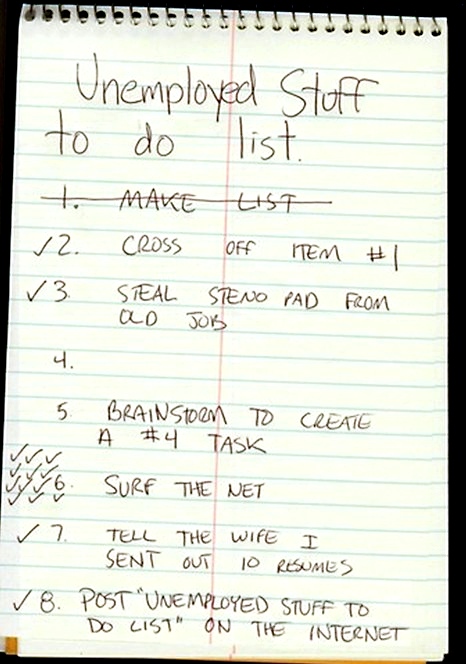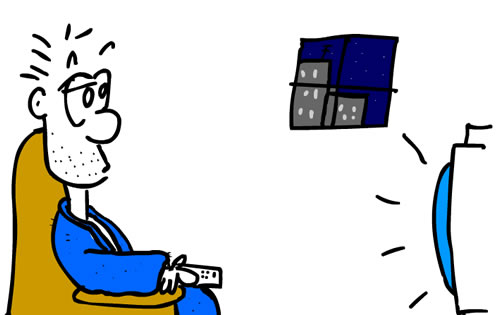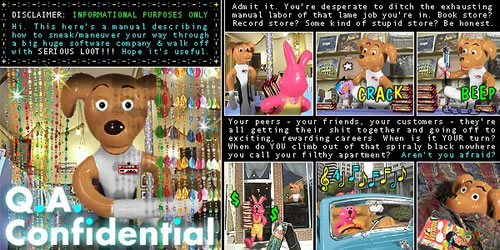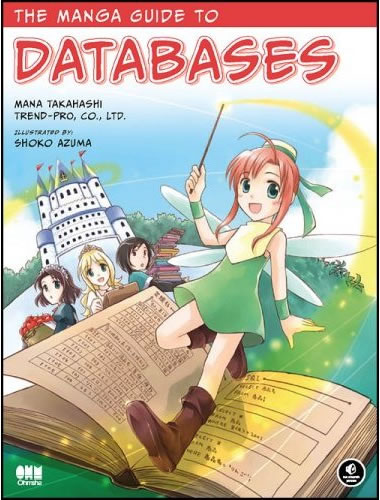One of the best ways to pull yourself up from a fall is to pull others up along with you. That’s why I’m giving away some old computers that have been gathering dust chez moi rather than selling them. The few hundred dollars I’d get by selling them are far outweighed by the good that getting them into the hands of people who really need those machines.
Here’s the latest computer in the Great Give-Away: a Pentium IV desktop with 19″ monitor:

I picked it up in 2004 at Factory Direct: it’s a refurbished HP whose model number is unknown (Factory Direct likes to remove identifying markings from refurbs). My best guess, after doing some poking around is that it’s a Pavilion a375. Here are its specs:
- Processor: 3.0 Ghz Pentium IV with Hyperthreading
- RAM: 512 MB DDR
- Hard Drive: 120 GB
- Optical Drives: 16x CD/DVD+ reader/writer
- Video Card: ATI Radeon 9800 (128MB)
The monitor is a Samsung SyncMaster 955DF, a decent 19″ CRT monitor. It may be big and bulky, but it does a decent job displaying graphics, and it’s free!

The computer’s got some niceties, including these front-panel jacks for audio, FireWire and USB and media card slots:

There’s a brand-new power supply installed in the machine, but in order to accomodate the power requirements of the video card, something had to give. While the 3.5″ floppy drive is functional, it isn’t connected to the power.
Available for Free
That’s right — I’m giving it away this system to someone who really needs it. If you are someone who needs a free computer or know someone who does, tell me the story at joey@globalnerdy.com. I’d prefer it if you were in the Toronto area (just because it makes things easier). I’ll give the computer to the person or organization whom I deem needs it most.




